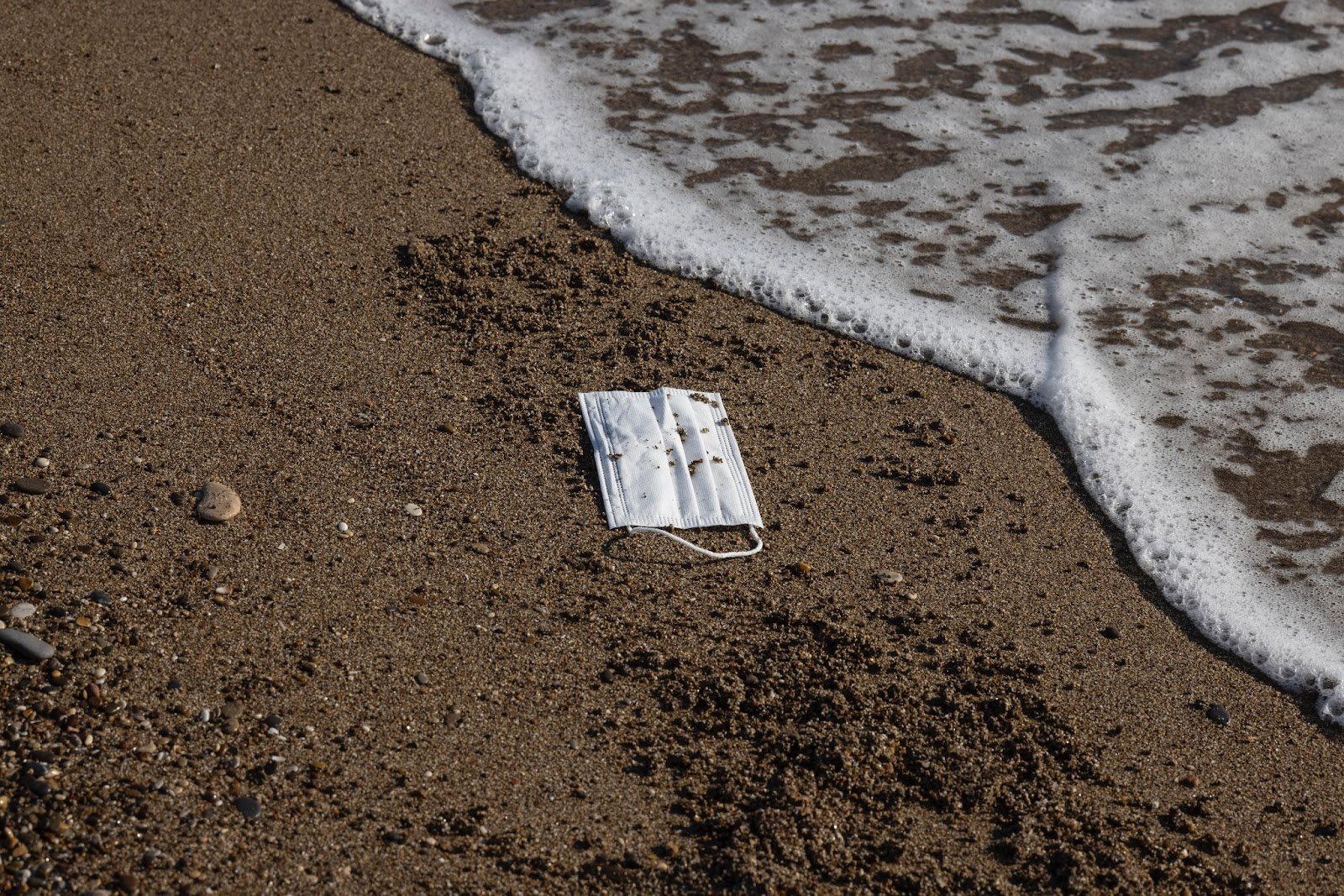The Effects of Medical Waste on the Environment
Plastic is currently a necessary evil in the healthcare system. It’s used in nearly every stage of care, from PPE and intravenous bags to insulin pens and pill bottles. It’s cost-effective, durable, and easy to dispose of. Although, for obvious reasons, the U.S. Food and Drug Administration has strict requirements for reprocessing reusable medical items in hospitals and encourages single-use plastic to avoid contamination. The result? Major effects of medical waste on the environment.
How much waste does the medical industry produce in total?
Photo by National Cancer Institute on Unsplash
Practice Greenhealth, a sustainable healthcare non-profit organization, found in a study that U.S. hospital patients alone generate approximately 33.8 pounds of waste daily. However, healthcare facilities produce nearly 14,000 tons of waste per day in the U.S. alone, and 20% to 25% of it is plastic, according to an article published in the American Medical Association (AMA) Journal of Ethics. That means that anywhere between 2,800 and 3,500 tons of plastic are thrown out daily.
The amount of medical waste plastic alone makes healthcare one of the most wasteful industries in the U.S. and worldwide. According to a research article published in the Proceedings of the National Academy of Sciences, 73% of global waste comes from hospitals.
Types of Medical Waste
Photo by Anna Shvets via Pexels
There are four main categories of medical waste: infectious, sharps, hazardous and radioactive. Each one has different disposal needs, but a lot of items require a permit for handling and a specialized medical waste disposal company. Some examples include blood, human pathological waste, needles, microbiological materials like cultures, and other infectious waste.
However, plastic generally falls within those four categories as well. Some examples of the most-used plastic items in hospitals include syringe barrels, I.V. bags, catheters, test kits, gloves, and other PPE, including masks. All that said, the World Health Organization reports that only 15% of total healthcare waste is considered a biohazard, so there’s room to improve.
The Average Annual Plastic Waste in Hospitals
Photo by CDC via Pexels
The average annual plastic waste in U.S. hospitals equals anywhere from 1,022,000 to 1,277,500 tons. To add insult to injury, 91% of healthcare’s plastic waste isn’t or simply can’t be recycled. This poses a problem to the environment, and potentially to healthcare workers’ oath to do no harm.
“Disease burden from health care pollution is of the same order of magnitude as deaths from preventable medical errors, and should be taken just as seriously,” Dr. Jodi Sherman, associate professor of anesthesiology and epidemiology at Yale, said in a report on healthcare’s effects on the environment.
The Effects of Medical Waste on the Environment
Photo by engin akyurt on Unsplash
According to Sherman’s report, published in Health Affairs in 2020, greenhouse gas emissions associated with the U.S. healthcare system account for 8% of total U.S. emissions. About 80% of those emissions stem from the supply chain in large part due to single-use plastics and disposable medical devices.
With that in mind, researchers reported that greenhouse gas emissions, toxic air pollutants, and other healthcare pollution would result in the loss of 388,000 disability-adjusted life years. (This measures years lost due to poor health, disability, or early death.)
However, in addition to emissions, healthcare waste can be physically seen in the environment. Another study published by the Journal Proceedings of the National Academy of Sciences found that approximately 57 million pounds of PPE and other COVID-19-related waste ended up in our oceans, and nearly 75% of that waste came from hospitals.
How to Reduce Medical Waste Plastic
There isn’t one big answer to reducing medical waste — it requires many different solutions to come together. For example, the healthcare industry could prioritize reusable medical devices and PPE that can be easily sanitized, as well as establish regulatory emissions targets and re-evaluate infection control policies.
However, Teal Bio is working to reduce plastic medical waste by creating an alternative, highly effective, and reusable PPE option, which could reduce the amount of single-use plastics used in hospitals and reduce plastic waste.
How Teal Bio Is Helping Reduce Medical Waste Plastic
Teal Bio is designing a reusable respirator constructed with a transparent, silicone mask and partially biodegradable filters. What’s more, the mask itself is moldable for a better, more comfortable fit, and when used properly, it may be used for up to one year. Like plastic, silicone is incredibly durable and, more importantly, easy to sterilize, ensuring the safety of healthcare workers and patients.
Currently, the N95 mask is the industry standard, and as recommended by the CDC, it should only be worn once before throwing it away. However, research funded by MIT suggests that if healthcare workers could reuse their masks for more than one day, costs and environmental waste would decline by at least 75%.
Even with a reusable respirator available, the healthcare industry must make significant changes to reduce its reliance on single-use plastic and waste in general. In turn, this could reduce greenhouse gas emissions, trash in our oceans, and improve quality of life.
READ MORE:






